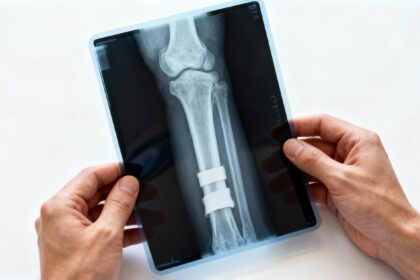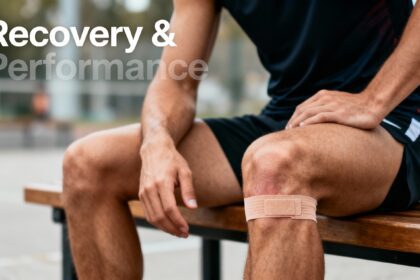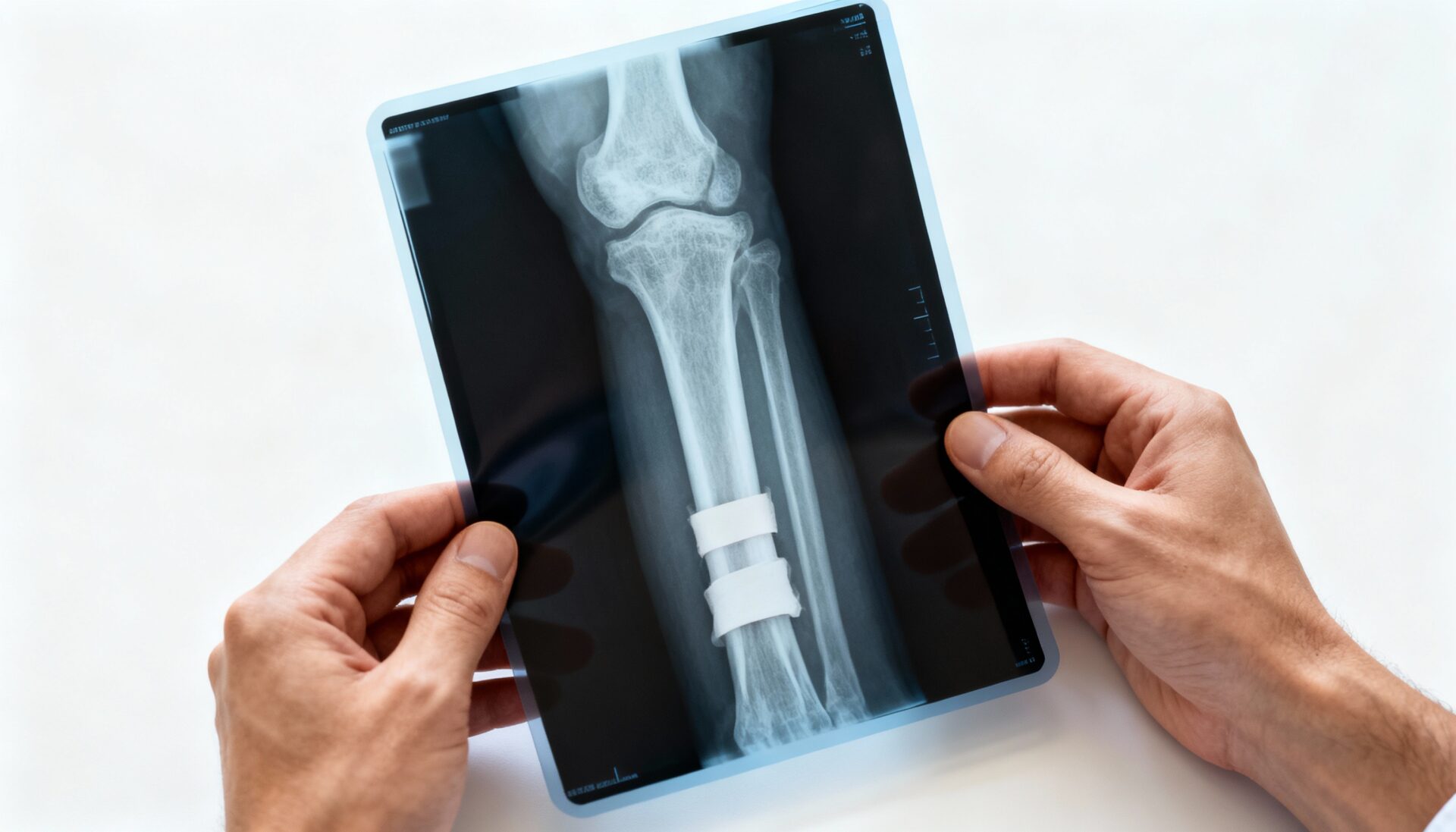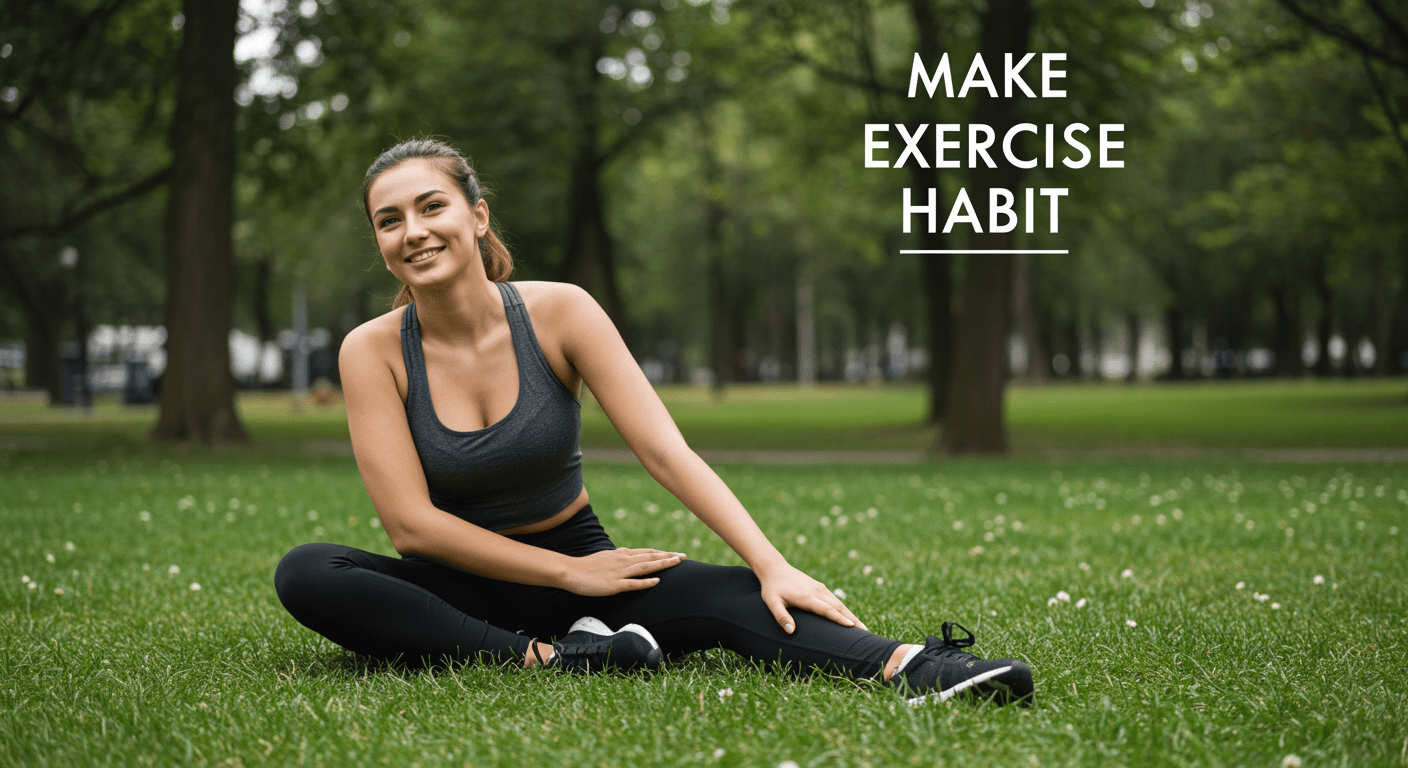Increase Flexibility: A Pathway to Improved Reaching
The Anterior Flexibility Highway
By Chuck Wolf, MS
This the first of a six-part series outlining the biomechanical and kinesiological sub-systems that comprise the Flexibility Highways essential to the study of Human Performance. The articles all reference my most recent publication: “Insights Into Functional Training; Principles, Concepts, and Application”.
Flexibility is one of the most controversial components of fitness. By definition, flexibility is the range of motion over a joint or series of joints. Yet that definition neglects the effects of muscle or fascial tightness on other muscular structures within the body.
When performing an exercise, we think we are working a specific muscle. In reality, you are working an entire series of muscles in that particular region. At the same time, you are affecting other parts of the body. In fact, just changing body angles when doing that exercise will have a slightly different impact upon the muscle tissue.
Traditionally, flexibility is accomplished by stretching a particular muscle (like the hamstrings). However, the muscles within the body are connected to adjacent muscles. They make up a continuous connection that results in a unified effort when performing a specific task. Therefore, when looking at muscle tissue in the body, it is all connected.
Humans live in a three-dimensional world. We move forward and backward, side-to-side, and rotate. When performing these actions, all the muscle tissues are affected. Consequently, flexibility should be examined with an integrated approach allowing the muscle tissue to react synergistically for a desired outcome. This can be achieved through a system called the Flexibility Highways.
There are six Flexibility Highways. They can help make daily movements more efficient and be performed with less strain. These six Flexibility Highways impact how we move forward and back, side-to-side, and in rotation. This is the first of a six-part series to explore how you can perform daily activities with less strain, more efficiency, and help enjoy your daily work or sports.
The first highway of this series is called the Anterior Flexibility Highway (AFH). The AFH helps us move into extension, such as leaning back. The Anterior Flexibility Highway extends from the bottom to the top of the body. It begins on the top of the foot, connects to the front of the shin of the lower leg, and passes upward to the knee. From the knee, the AFH travels further up the body to the muscles at the front of the thigh.
From the thigh, there is a major junction to the front of the hip called the hip flexors. When we sit for long periods of time, or perform many crunches, the hip flexors can get very tight. This can lead to back pain or hip problems. It is very important that the hip flexors get ample stretching.
However, the hip flexors are greatly impacted by the abdominals as they form a strong connection with them. Therefore, the AFH include the abdominal complex. From the abdominals, the AFH journeys upward to the chest muscles and eventually connects to the muscles at the front of the neck.
If you are standing and trying to reach up into a cabinet, you are moving through the Anterior Flexibility Highway. Tightness anywhere along the AFH can create hip, back, shoulder, or neck problems.
If you have good range of motion within the Anterior Flexibility Highway, any movement requiring reaching, pushing, or overhead actions will be enhanced.
When performing the Anterior Flexibility Highway stretch, get into a staggered stance as shown. Make sure the heel of the rear foot is firmly on the ground. This will allow the calf muscles of that side to stretch. This will help further stretch the same-side hip flexor region.
Next, imagine you have a rope around your hips and you are being pulled forward. This will further stretch your hips and calf. Reach up with one or both arms to stretch the torso and shoulders. Look up slightly. Hold for 20-30 seconds and do 2-3 repetitions of this stretch. If performed properly, you should feel improved range of motion in the hips especially when you perform reaching actions.
If you have any injuries that makes extension difficult, move into these positions cautiously. Move to your threshold and then hold that position. If any discomfort is present, stop or do this only up to the point of discomfort, but not through it.







































